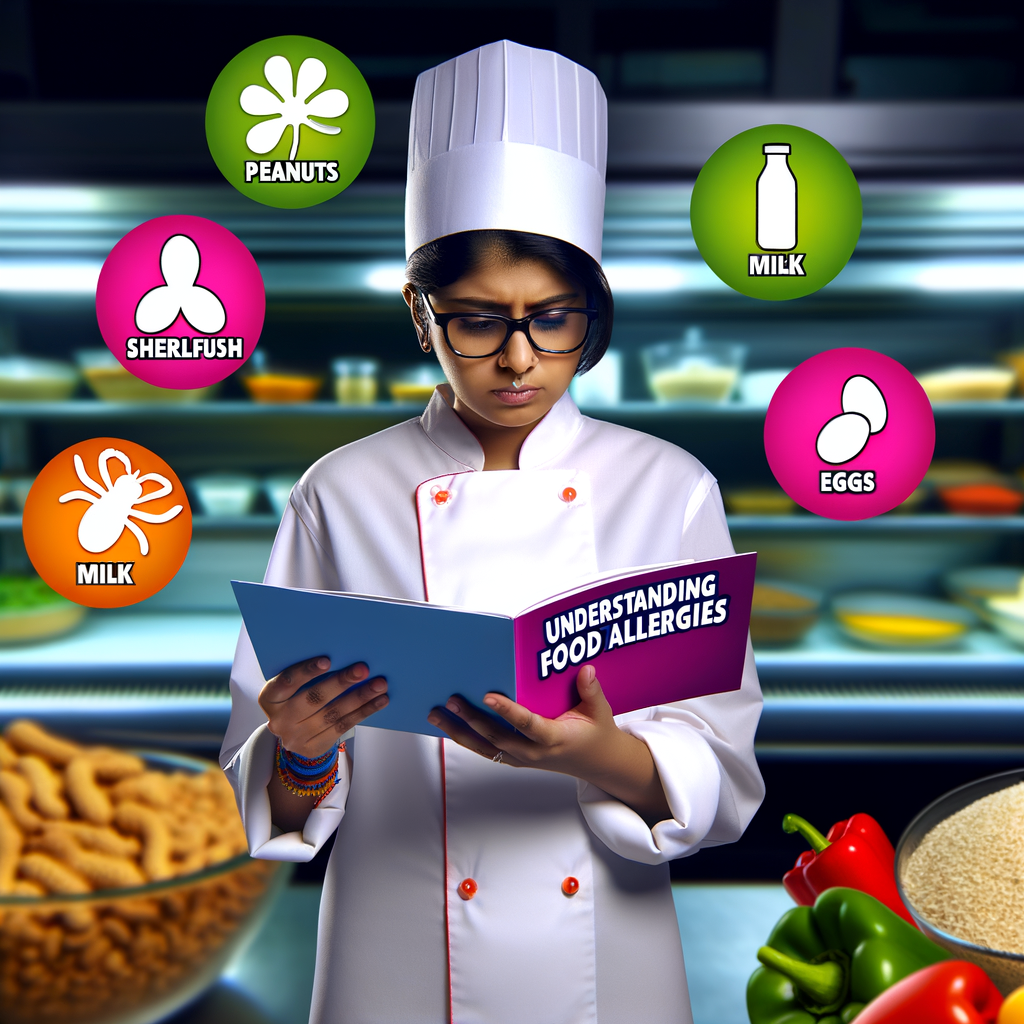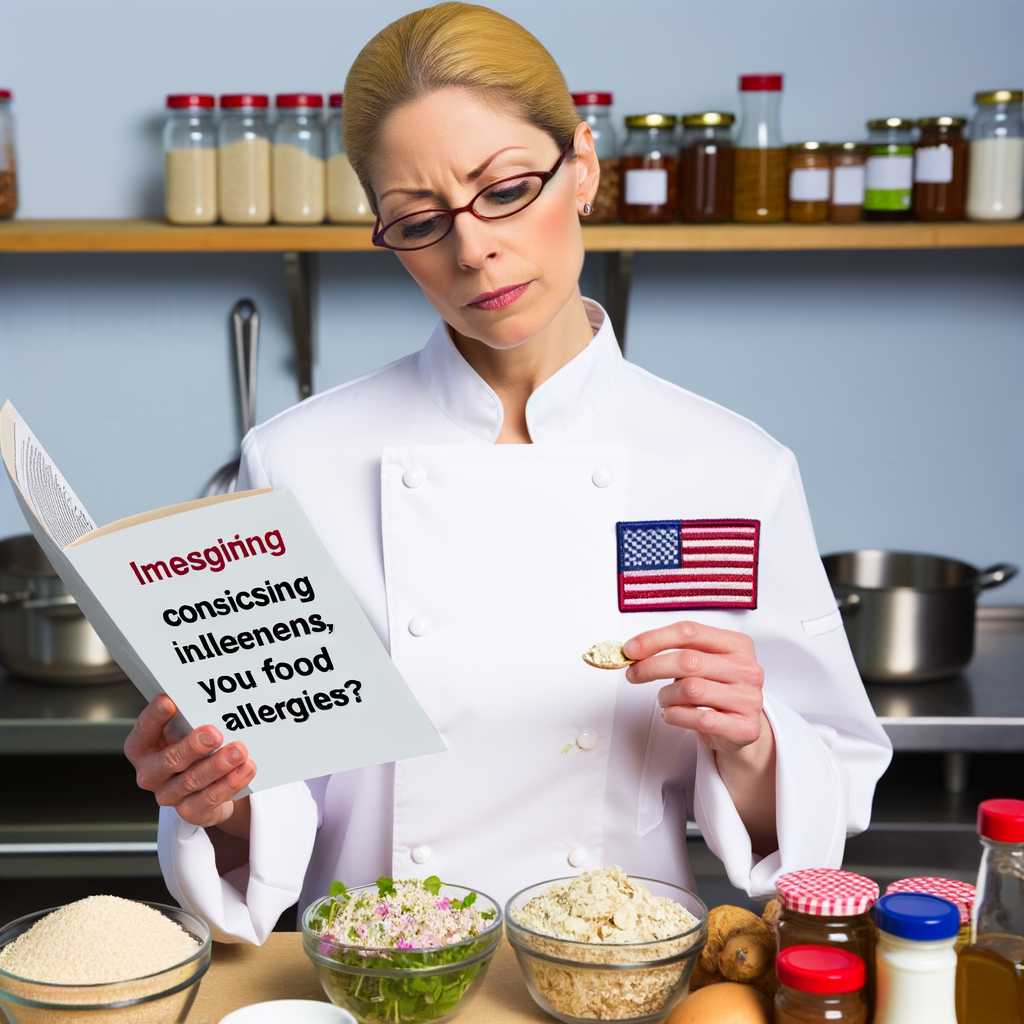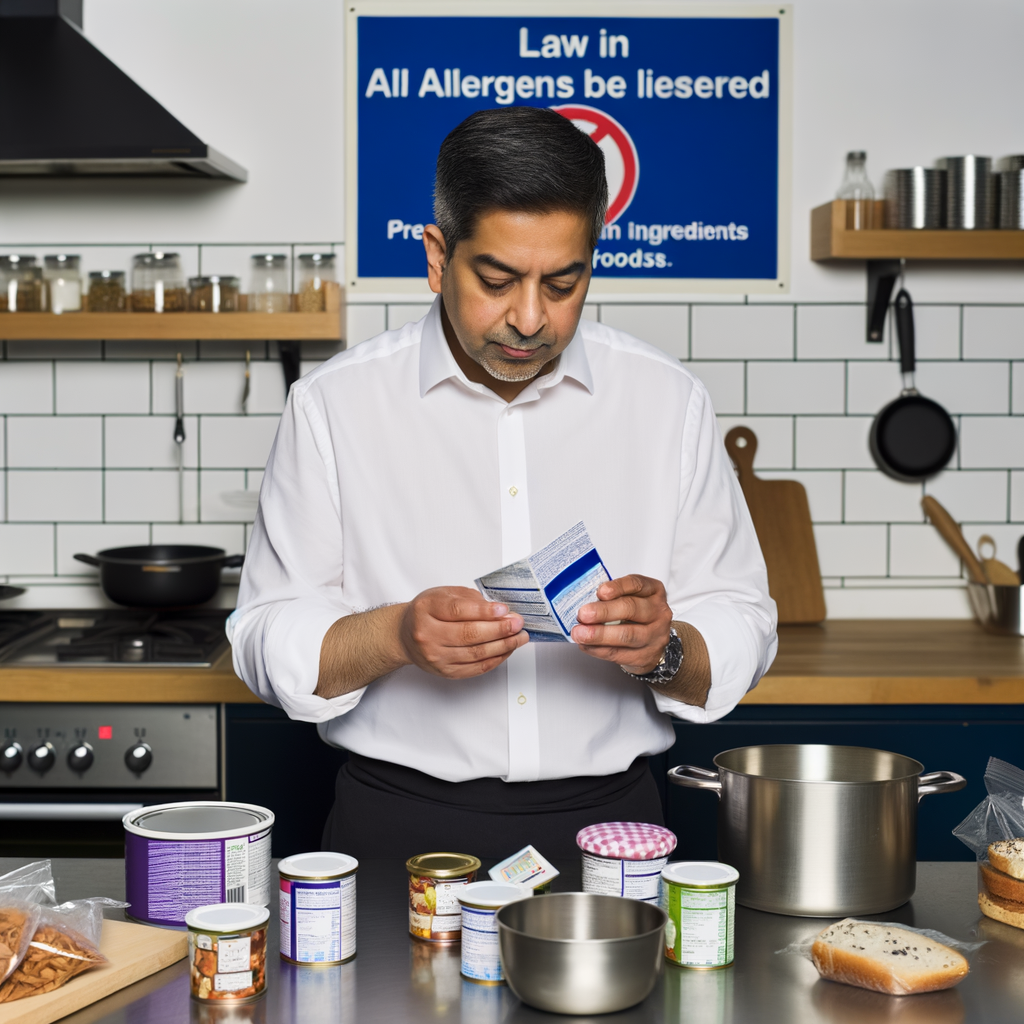Food allergies are a growing concern for many Americans. The number of people with food allergies has been on the rise for the past few decades, and it is estimated that 32 million Americans have food allergies. As a chef, it is important to understand the impact of food allergies and how to cater to those with dietary restrictions. One way to do this is by focusing on label reading.
Label reading is an essential skill for anyone with food allergies. It involves carefully examining the ingredients list and allergen information on food labels. This can help identify any potential allergens in the food, and allows people to make informed decisions about what they eat.
When reading labels, it is important to pay attention to the top 8 allergens: milk, eggs, fish, shellfish, tree nuts, peanuts, wheat, and soy. These are the most common allergens and must be clearly labeled on food packaging. Additionally, it is important to check for any potential cross-contamination warnings, as even trace amounts of allergens can cause a reaction.
As a chef, it is also important to be mindful of the cooking process. Cross-contamination can occur in the kitchen if utensils or surfaces are not properly cleaned between preparing different dishes. It is important to have separate utensils and cooking surfaces for dishes that contain allergens.
By focusing on label reading and being mindful of the cooking process, chefs can ensure that their dishes are safe for those with food allergies. It is our responsibility to accommodate and cater to all dietary restrictions, and label reading is a crucial step in doing so.





